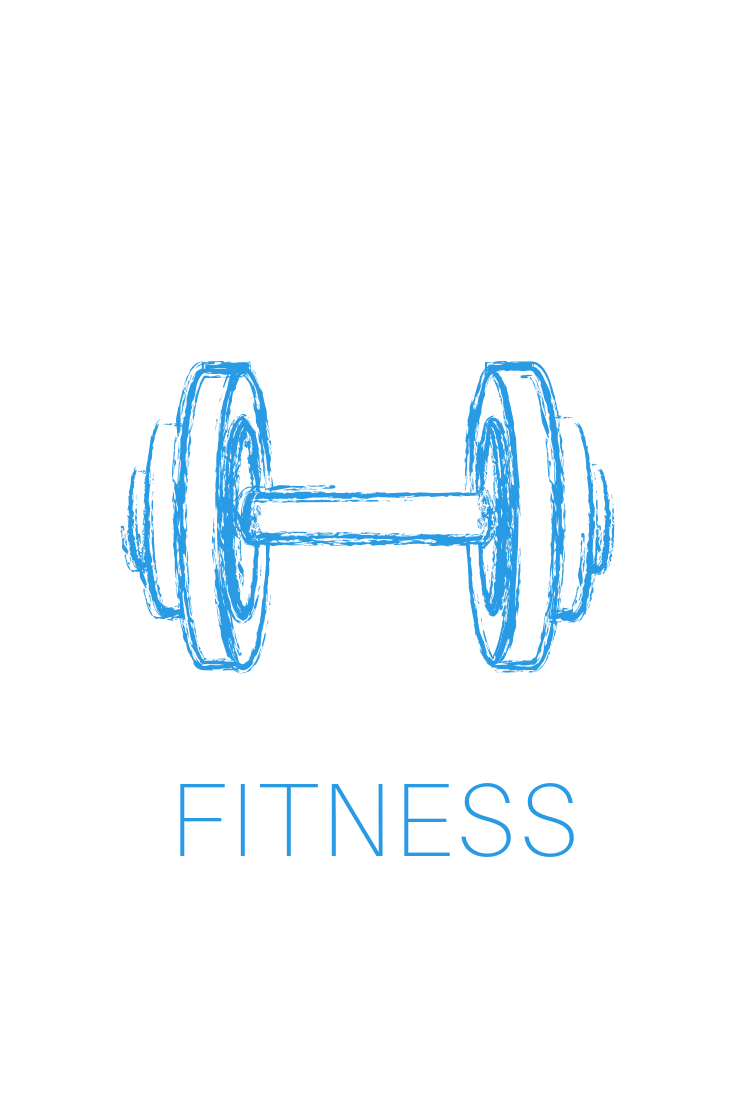Beat The Heat
Exercising in the heat is safe as long as you follow a few simple rules.
In hot environments, the body regulates heat by diverting a greater amount of blood to the skin in order to allow heat to be lost to the air. Consequently, when you begin to exercise on a hot day, there is less oxygen available for your working muscles, so your heart and lungs have to work harder to compensate. This is why your heart rate seems to increase at a faster rate when training on a hot day.
Humid days are even more problematic. As the air temperature rises, your body cools itself by removing excess heat through evaporation ie. perspiration or sweat. On humid days, the evaporation of sweat is slowed by the increased moisture in the air. When sweating isn’t sufficient to cool your body, your body temperature rises.
Heat exhaustion occurs when your body becomes too hot. You will sweat heavily and may feel weak, dizzy and nauseous. Untreated, heat exhaustion can lead to heatstroke which occurs when your body temperature rises to 40 degrees or higher. Heatstroke requires immediate emergency treatment as your body’s internal cooling system has shut down which can damage internal organs such as the brain, heart and kidneys.
If suffering from possible heat exhaustion, get out of the heat and into the shade, or even better, a cool indoor area. Drink plenty of water, avoid caffeinated drinks (this is not the time for your morning coffee!). Reduce body temperature with a cool shower or bath, or apply cool water to your skin. Take off any tight or unnecessary clothing.
If you believe someone is suffering from heatstroke, call medical help immediately! Follow the same steps as above while waiting for help.
NB: Children do not adapt to heat as effectively as adults. Therefore, it’s essential they follow the guidelines below during hot summer days.
WHAT TO DO?
Stay well hydrated before during and after training. Drink approximately 150ml of water at least every 20 mintues while training. If you’re well-hydrated, your urine will be mostly clear with a tinge of yellow. When your body is severely dehydrated your urine will appear orange.
Choose the appropriate activity for the appropriate time of day. Long runs and other high intensity training sessions should take place in the morning or evening. If you are training in the middle of the day, swimming is a great choice, or find a shady area for a strength workout.
Adjust your workload and expectations. Your heart will have to work harder on hot days as it tries to cool your body down. Therefore, you will fatigue faster than you would on cooler days. If you usually run at a 5 minute per kilometre pace, you may find you need to drop your pace to 5:15 minute kms which will feel just as hard. Focus on perceived exhaustion rather than time or length.
Wear clothing that is light coloured and lightweight and use sunscreen and a hat. Ensure the material is absorbent in order to facilitate the evaporation of sweat. Sweat-saturated garments should be replaced by dry garments.
Take frequent breaks. If you are in the sun, head to the shade to cool off every 10-15 minutes to keep your body temperature down.
Training in the heat is fine, as long as you understand that your body is going to be put under a little more stress and you respond accordingly. Be creative, keep cool and hydrated, and you can enjoy the beautiful summer ahead feeling fit, healthy and strong.
Don’t use the heat as an excuse. Just train smart.
by Angie Black
Hey! I’m Angie. I’m passionate about fitting exercise into your life, for the rest of your life.
BLOG CATERGORIES:







